In all cable, satellite and terrestrial TV connections, you must use RF Coaxial cables. Therefore, it is very important to learn how to connect RF coaxial wires to an F-Connector. Certainly, any mistake in connection results to total loss of signal. This article explains in writing and pictures how to connect RF Coaxial to an F-Type Connector
Have you ever returned home and found your TV connections, decoder wires scattered by your little kids? Perhaps, you are not a TV technician nor do you have any experience in decoder and TV wire connections. Helplessly, you call an installer to come over to fix it up. Well your days of worry are over. The basics of decoder and TV wiring and connection starts by knowing how to connect RF Coaxial wire to an F-connector.
Every wire from the satellite dish or TV antenna connects to a decoder through an F-connector. Now let me briefly explain an F-connector.
WHAT IS AN F-CONNECTOR?
As seen above, an F-connector is a small device, the size of your small fingernails, which is basically used to terminate the popular RF or Coaxial cable wire. The F-connector terminal makes the wire ready for connections to other devices. In design, the F-connector is a screw-like rotatory cylindrical silvery metal that holds the mouth of a TV wire or RF coaxial cable or wire. This runs onward to connections to another enabling device. For more details on F-Type Connectors, click here.
WHAT IS AN RF WIRE OR COAXIAL CABLE?
This is the usual black or white wire used in general TV connections. You can connect RF Coaxial wires in the following areas;
- From the satellite dish or antenna to the decoder or set-top box
- between devices transmitting TV signals
In physical looks as seen above, the RF wire has double layers or silvery metals. The external silver-color wire exists as shreds or tiny well arranged bits. In function, these tiny threads serve as the negative terminals during TV / device / RF Coaxial connections. The central or internal wire is thick and single. This is the main conductor of TV signals, which of course can not work without the complementary contribution of the outer silvery shreds of tiny wires.
CONNECTING RF COAXIAL WIRE TO F-CONNECTOR
In connecting RF Coaxial wire to an F-connector, take the following steps;
- clearly separate the tiny threads of mesh wires from the thick single metal in the middle of the wire
- Jam the separated wires into the waiting F-connector. See image below
The two categories of wires are attached to the F-connector in a manner that the external shreds marry the inside lining of the F-connector casing while only the single thick metal pierces through the central opening in the F-connector, coming out alone to the other side. the diagram below makes it clearer.
Any mistake of jamming the two categories of wires in the RF coaxial wire would either make your signal disappear completely or become weak. However sometimes, most especially when the F-connector is faulty, RF wires connected would be touching inside the F-connector, making it hard to dictate why signal is being lost or weak. in this case, ensure you use a brand new F-connector. It is always very cheap. In fact, the F-connector is the cheapest accessory utilized in TV, decoder or antenna connections.
The popular application of the Coaxial RF wire to F-connector is in the installation and setting up of the satellite and Terrestrial decoder systems. Such connections such as the DStv home installations, ExtraView setups, Extra TV point connections are only but areas where the F-connector is used massively along side the coaxial / RF wire.
Finally I guess when you come home to find your basic wires torn apart from their connected devices by your kids, you can easily reconnect them and get them to start working again. You have just saved some cost. Thanks to me!
Share!!!
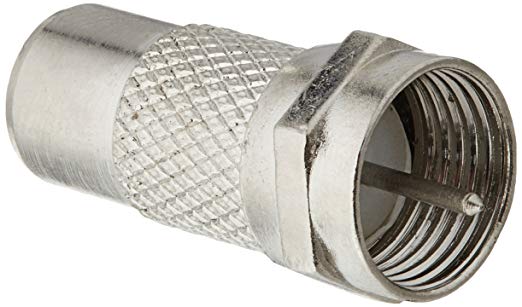
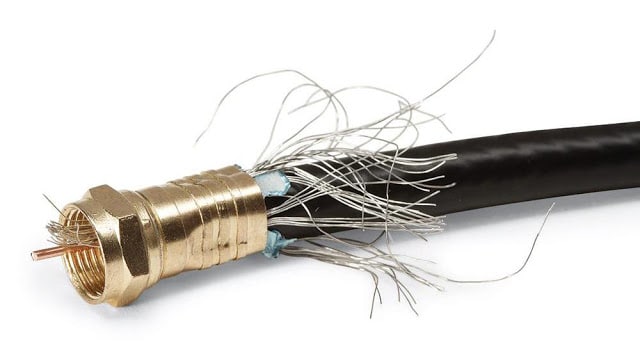


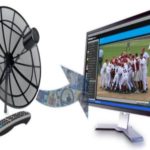
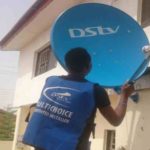
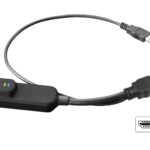
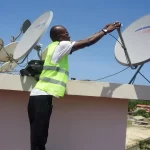
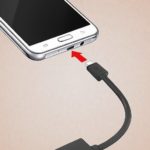
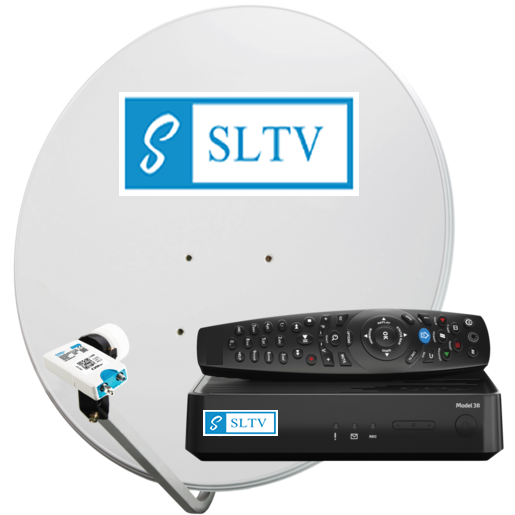
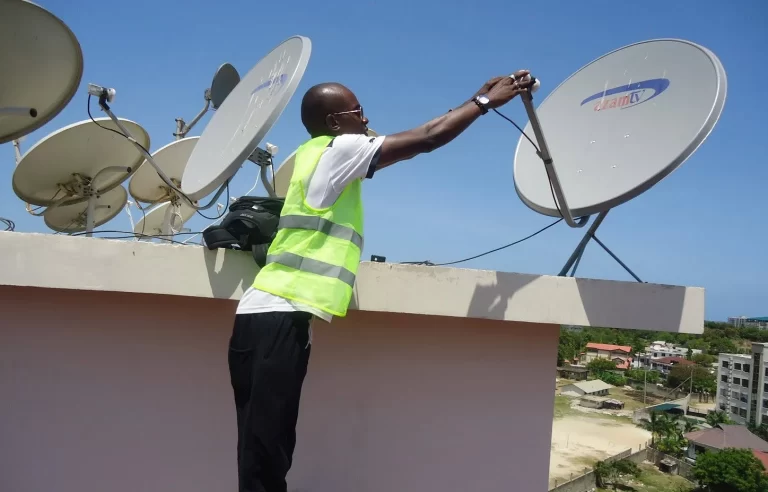
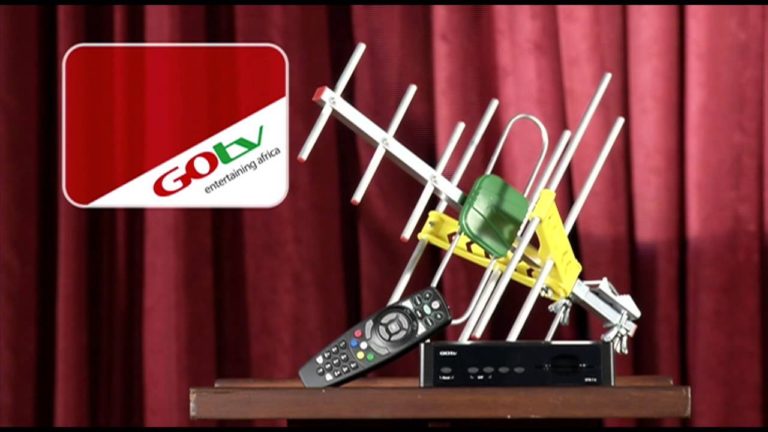
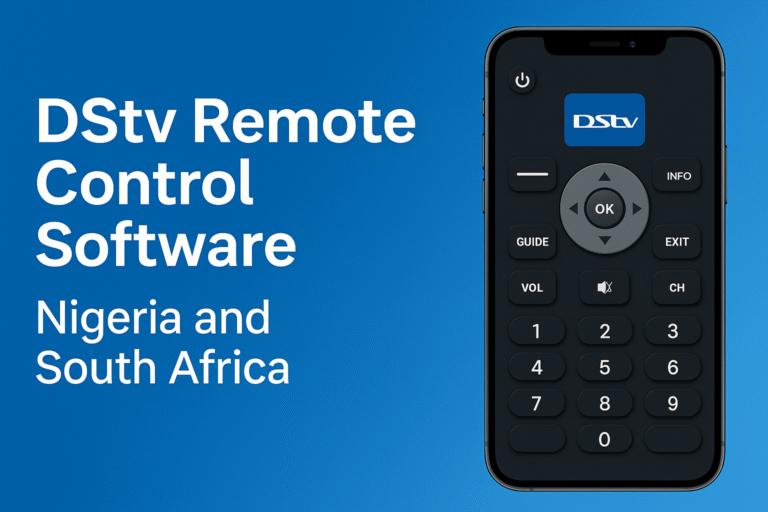

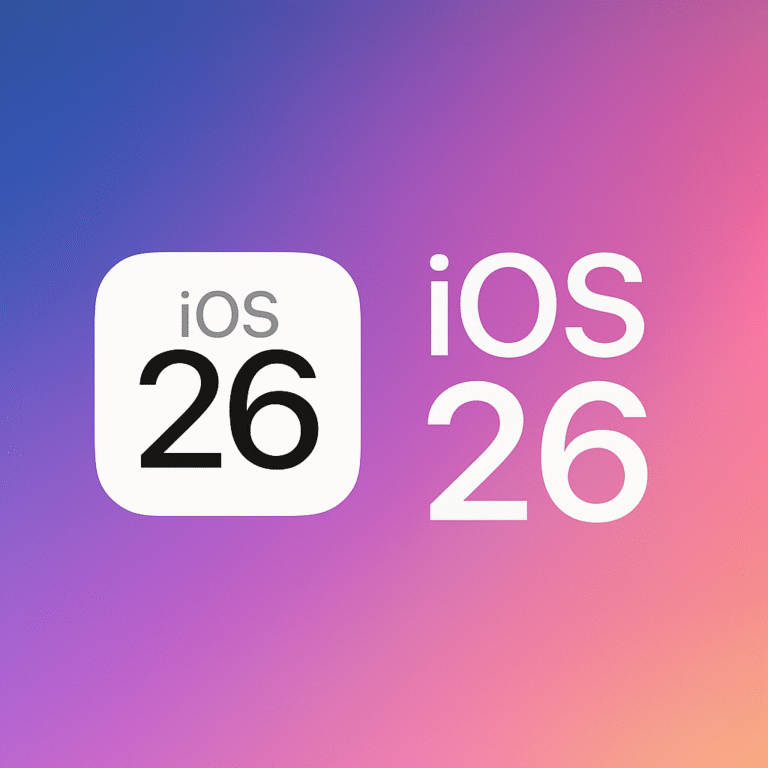

Excellent description that fits me needs at the moment. Will buy an F connector and try to fix my DStv signal. Thanks